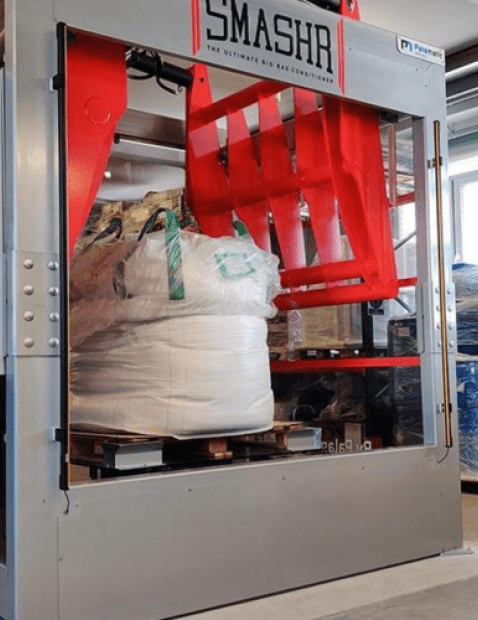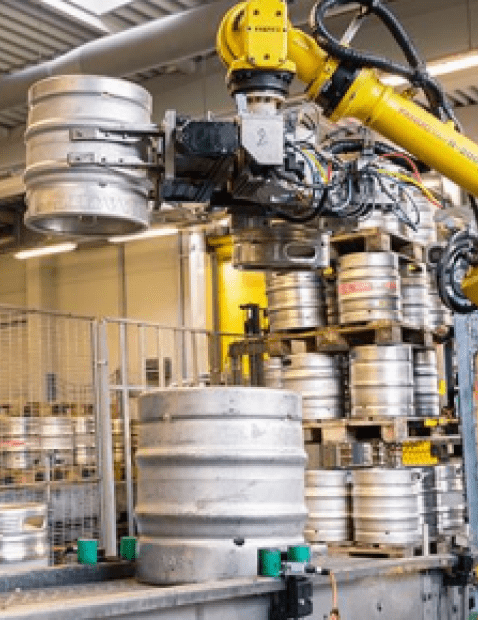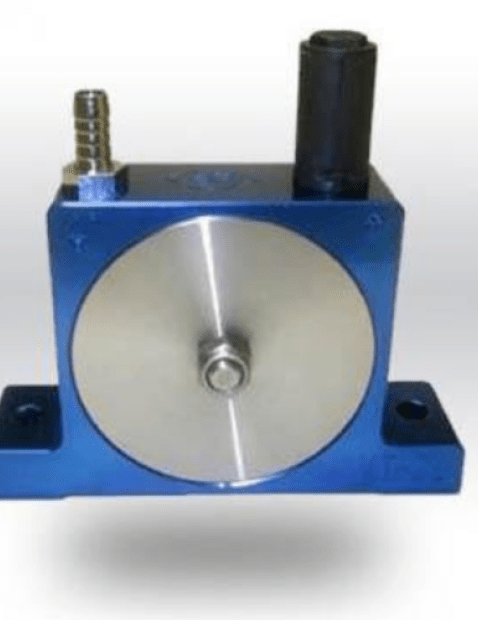
The food industry is regularly confronted with health scandals where diseases and viruses are transmitted, such as: mad cow disease, salmonella, contamination of milk, etc. In order to protect consumers and employees, the food industry is subject to strict hygienic regulations concerning all the products being processed, stored, transported and sold. Hygienic procedures involves the food manufacturing process, the equipment used to produce it and the production operators, who are required to wear PPE. We will detail the main standards in the sector and then highlight the points to watch out for.
1. The main standards in the food sector
Existing standards in the food industry are established by Federal and State agencies, such as the FDA (Food and Drug Administration) and the USDA (United States Department of Agriculture) and also the International Organization for Standardization (ISO).
The ISO 22000 certification is one of the most important food safety management system standards since all companies linked to the food chain (food producers, transporters, distributors, etc.) are concerned. The main reference framework resulting from this standard is the HACCP approach (Hazard Analysis Critical Control Point), which aims to identify, evaluate and control food safety hazards through 7 principles. HACCP is a management system in which food safety is addressed through the analysis and control of biological, chemical, and physical hazards from raw material production, procurement and handling, to manufacturing, distribution and consumption of the finished product. The FDA and the USDA require mandatory HACCP programs for juice and meat as an effective approach to food safety and protecting public health. Meat HACCP systems are regulated by the USDA, while seafood and juice are regulated by the FDA. All other food companies in the United States that are required to register with the FDA under the Public Health Security and Bioterrorism Preparedness and Response Act of 2002, as well as firms outside the US that export food to the US, are transitioning to mandatory hazard analysis and risk-based preventive controls (HARPC) plans.
The ISO 9001 (quality management system) and ISO 14000 (environmental management) standards are also important for the industry.
It should be noted that the measures vary according to the origin of the product, its destination and the nature of the agri-food chain (industrial, local, organic). The regulations applied also differ according to the degree of preservation of the product (fresh, long conversation, frozen).
Each food product produced and packaged must be labelled to ensure its traceability. It is essential to keep up to date with the constantly evolving regulations.

Do you handle food powders and would
like advice? I am available for discussion.
Tarik, powder expert
2. Cleanliness of the workplace and wearing of PPE
Hygiene in the food industry is first and foremost a question of the production premises and the employees who handle the various ingredients there.
As far as the staff is concerned, the company must train and provide them with all the necessary personal protective equipment (PPE) - cap, apron, sleeves, gloves, shoe covers, overalls, boots, etc. - to guarantee sound safety protocols and avoid any contamination of the products processed.
For the premises where food is manufactured, processed and/or stored, various measures can be put in place to ensure that sanitary standards are met:
- Regular cleaning of all surfaces in contact with food
- Regular cleaning of all food contact surfaces: Storage of food in dry, ventilated areas at moderate temperatures
- Installation of revolving doors so that employees do not have to touch the door handles
- Thermal insulation through the use of flexible PVC strip curtains
3. Industrial equipment requirements
Similar to the production facilities, the equipment used for food production must always be clean and cannot generate cross-contamination. The industrial equipment used in the mixing, dosing, sieving, grinding, conveying, packaging, deconditioning and other production phases must be easily dismantled, accessed and cleaned.
Palamatic Process has a range of Easy Clean hygienic equipment that meets these requirements. Depending on the design, the machines can be cleaned by easy disassembly or by washing nozzles via a Cleaning In Place (CIP) system.
Inert, non-adsorbent materials suitable for food contact, as well as smooth, continuous surfaces are preferred design types when selecting equipment.
Depending on the bulk material handled, sealing methods can also be an important factor. Stations with sealed doors allow total containment of the product as well as protection of operators during the opening of big bags, sacks, drums, etc.
Industrial dust collection systems are also relevant to filter dust from the ambient air and keep production areas clean. In addition to providing a healthy and safe working atmosphere for operators, the installation of a bag house guarantees that your equipment will function properly and therefore the sustainability of your production process.



















